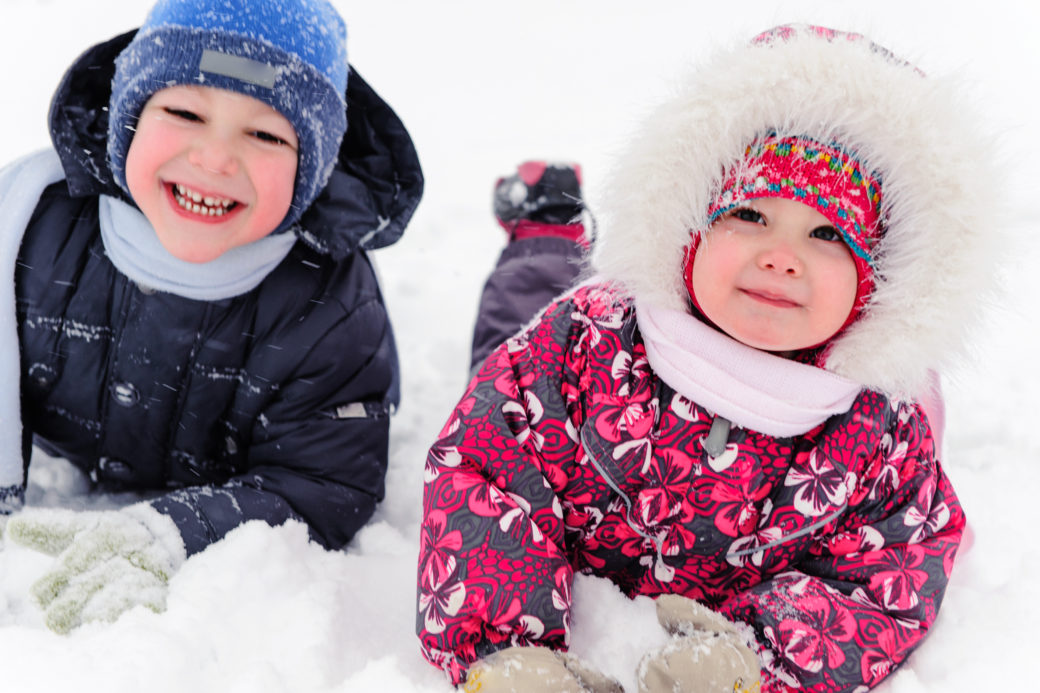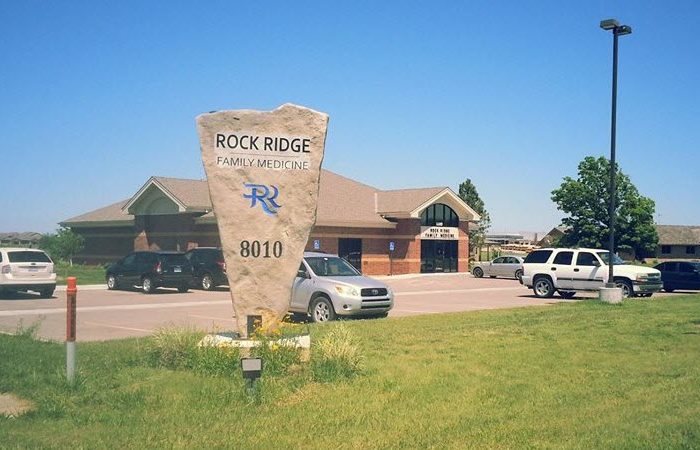Frostbite Symptoms

Frostbite Symptoms & Prevention
A skin condition that only occurs during the cold months is Frostbite. This skin condition can be treated if handled properly with a fast response time. This skin ailment occurs when an appendage on the body has not been taken care of properly and was left uncovered in extremely cold weather in temperatures below freezing.
Our adult bodies are made up of between 50-65% of water, this number increasing in young children and infants. Because of this we are susceptible to the small parts of our body becoming frozen through over exposure during serious temperature drops. Our hands, fingers, feet, and toes are much more likely to freeze because of their size and the distance from the heart.
These extremities are not heated by the blood as well as the core parts of the body on the torso. They are also more likely to not have proper coverage of clothing. The ears and nose are also more likely to get frostbite.
Frostbite can happen in as little as 5 minutes.
Frostbite Symptoms
When the body begins to experience frostbite it goes through three separate stages beginning with the upper most layers of the skin and can actually advance all the way into the muscle and bone in serious cases. Before frostbite takes place, a warning sign which can help to prevent frostbite if noted, and addressed immediately is something called frostnip.
This is where your skin which is exposed to the frigid temperatures becomes sore and red. If you begin to experience these symptoms of frostnip be sure to go inside and find a place to warm up.
First Stage:
- A white or pale yellow coloring will be taken on by your skin.
- The feeling of pins and needles which can burn, sting, or itch will begin to be felt in the part of the body which is being affected.
Second Stage:
- The skin actually hardens
- It begins to take on a waxy or shiny appearance.
- Blisters which contain fluid or blood will begin to form after the skin has begun to thaw.
Final Stage:
- The skin feels quite cold when touched, and is extremely hard.
- The affected area of skin will begin to appear dark, and this will happen rapidly. Usually beginning with blue and proceeding to black.
It is possible to not be aware of Frostbite until the later two stages, this is why being aware of your skin and the color changes which are occurring is so important.
Ways To Help Prevent Frostbite
Wear layers-if you apply 3 layers it can be helpful to keep you dry, wicking away moisture created from the body, insulate your body to keep the heat in, and the top layer should be water-proof to help reduce your chance of getting wet and cold from the environment.
Don’t forget your Hat- Wearing a hat will keep in your body heat. Approximately 45% of a person’s body heat is lost through their head, so wearing a hat makes a big difference when you are trying to stay warm. Making sure that it covers your ears is also a wise decision because this is an appendage that is more susceptible to frostbite.
Gloves or Mittens-Choosing your mittens is a very important part of preventing frostbite. If you can find some that are well insulated this is key to your fingers staying warm and cozy. Feel free to layer these also.
Proper foot gear is key-Feet are one of the most at-risk appendages on the body. Wool socks can be an amazing tool to help to insulate your feet from the bitter cold. If you find footwear that is moisture resistant you will have the perfect combo to promote foot health during these cold months.




Leave a Comment